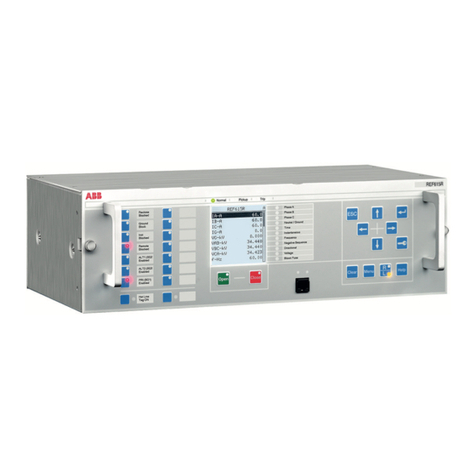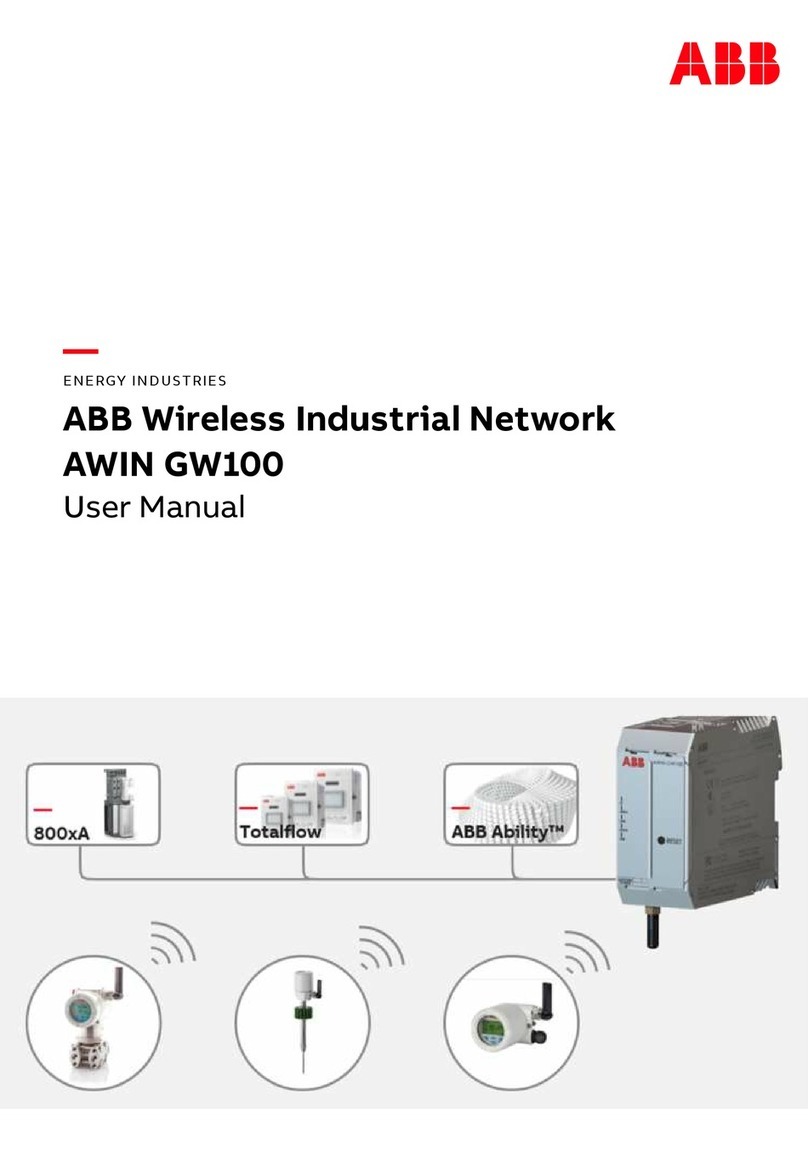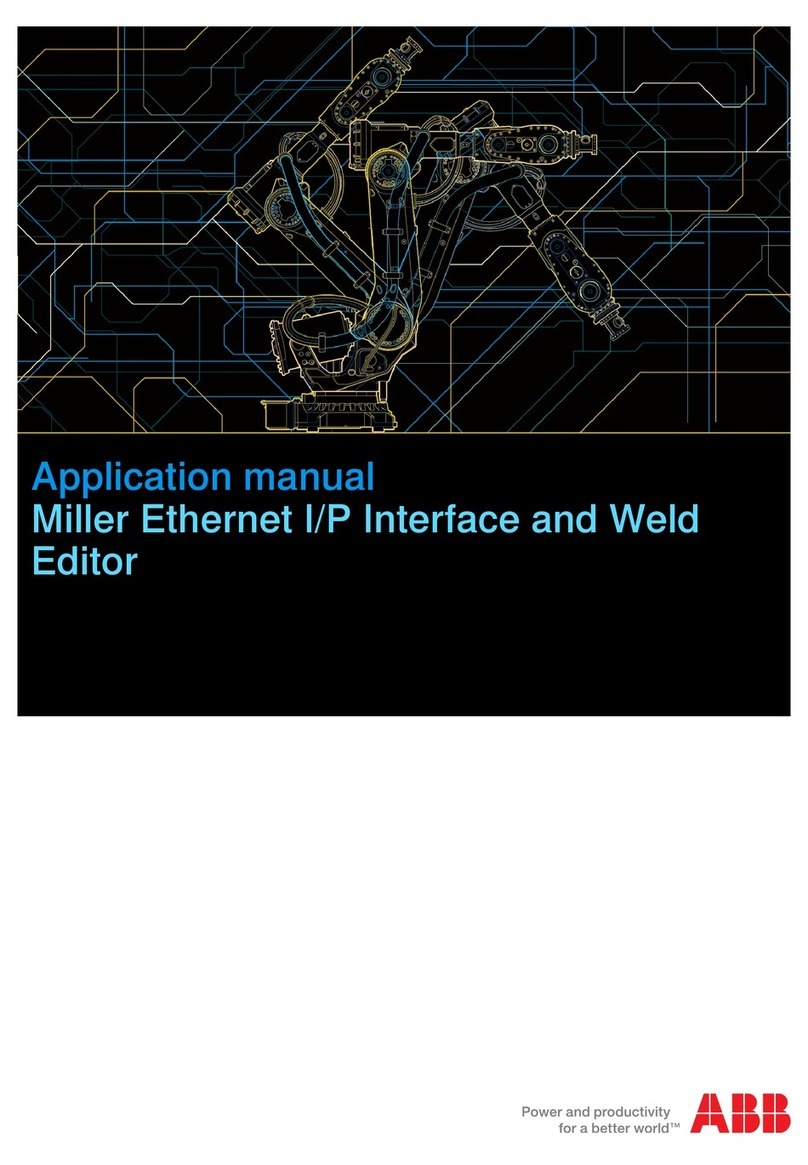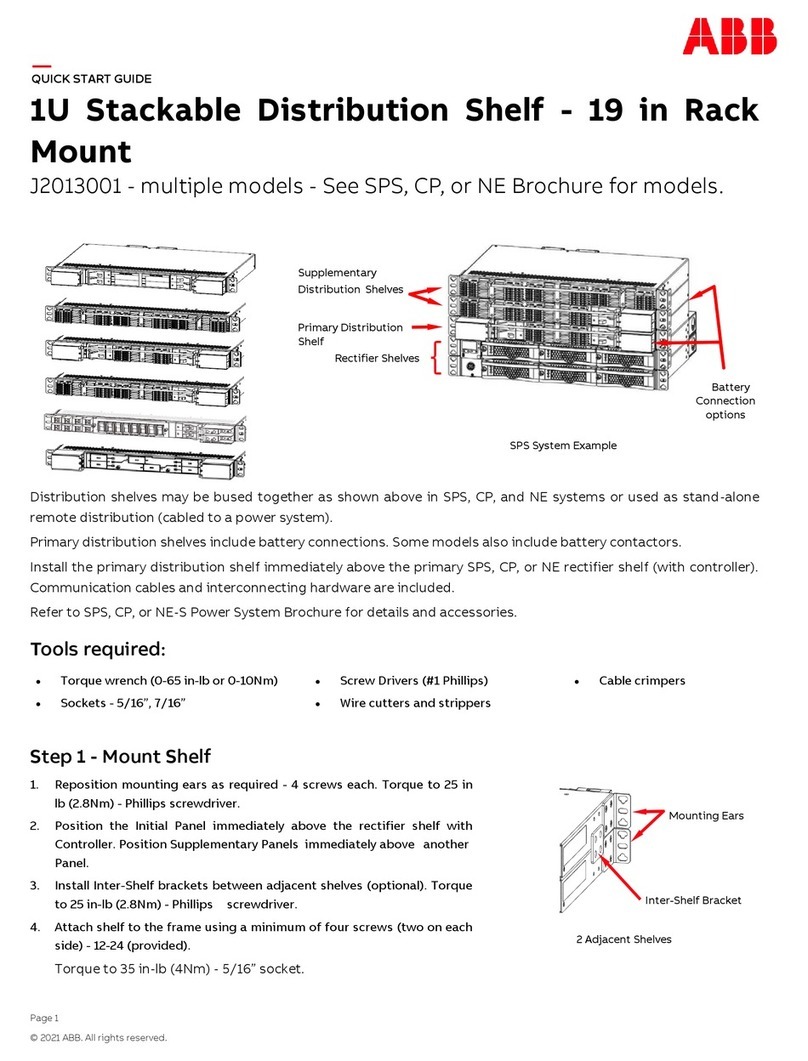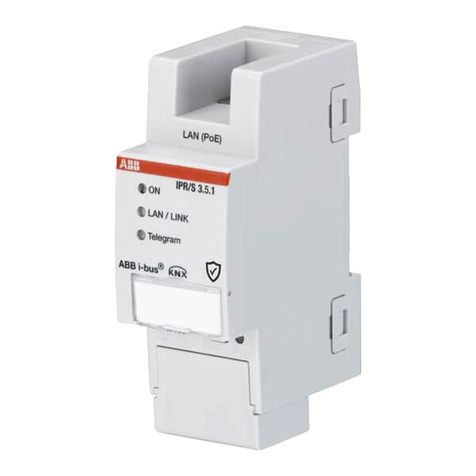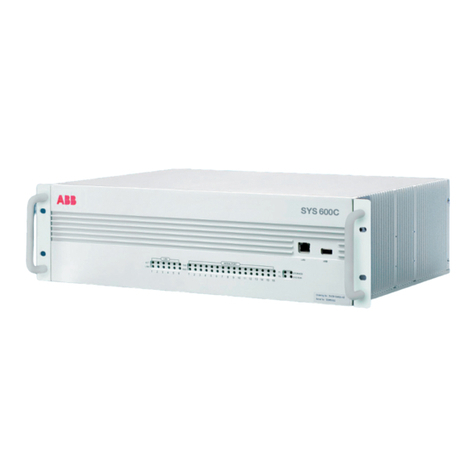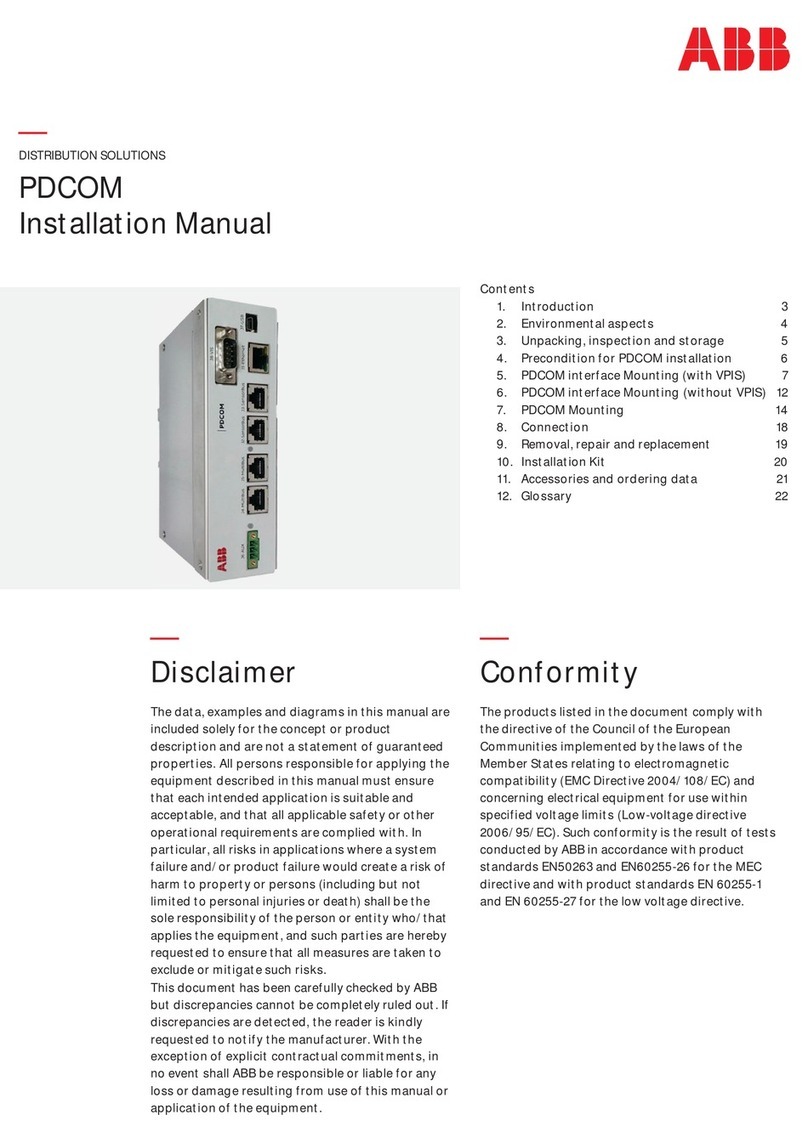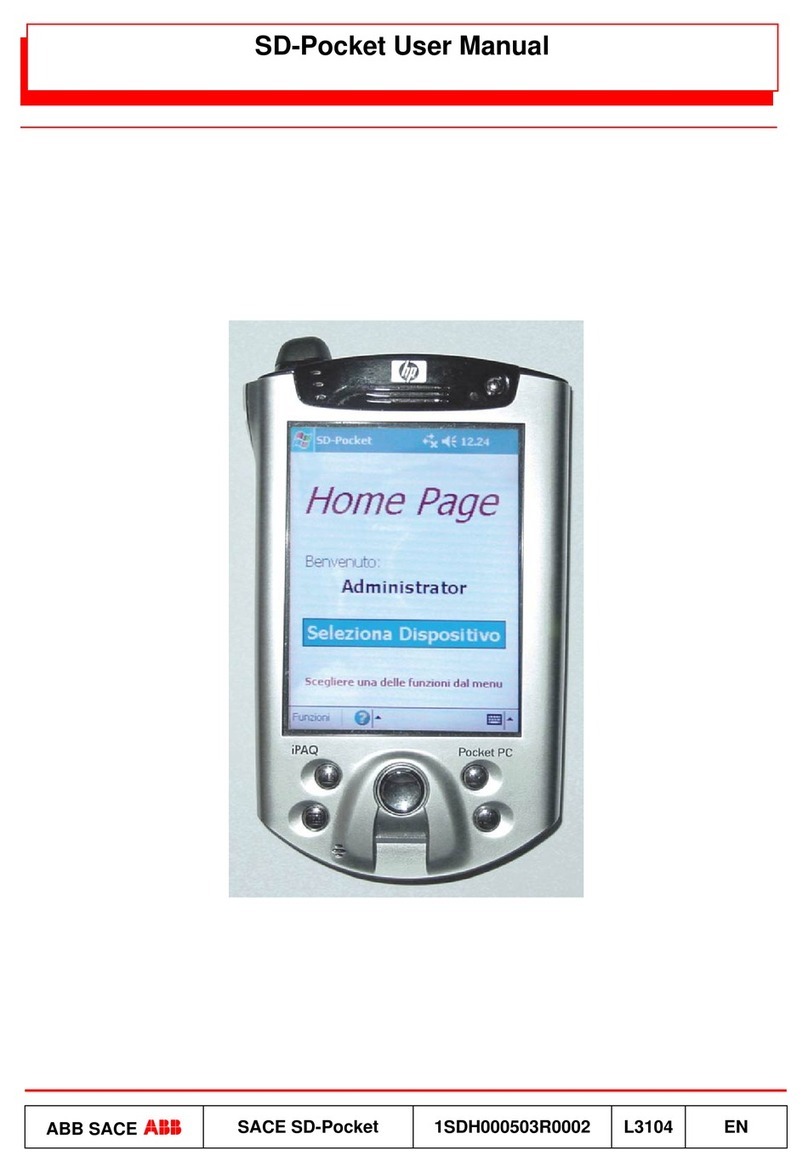
Contents
1 Introduction............................................................................................... 9
1.1 Communication....................................................................................................................................... 9
1.1.1 Ethernet redundancy..............................................................................................................9
1.1.2 Process bus............................................................................................................................. 11
1.2 PCM600 tool........................................................................................................................................... 11
1.2.1 Connectivity packages......................................................................................................... 12
1.2.2 PCM600 and IED connectivity package version.............................................................. 12
1.3 This manual.............................................................................................................................................12
1.3.1 Intended audience.................................................................................................................12
1.4 Document revision history.................................................................................................................. 22
1.5 Related documentation........................................................................................................................22
1.6 Product documentation set................................................................................................................ 22
2 Safety information.................................................................................. 23
3 Commissioning........................................................................................24
3.1 Commissioning checklist.................................................................................................................... 24
3.2 Checking the installation.....................................................................................................................24
3.2.1 Checking of the power supply............................................................................................24
3.3 Authorizations....................................................................................................................................... 24
3.3.1 User authorization................................................................................................................ 25
3.4 Setting IED and communication........................................................................................................ 26
3.4.1 Setting the communication between IEDs and PCM600..............................................26
3.4.2 Communication settings.....................................................................................................26
3.5 Testing the IED operation....................................................................................................................27
3.5.1 Selecting the IED test mode................................................................................................27
3.5.2 Testing functions.................................................................................................................. 27
3.5.3 Selecting the internal fault test..........................................................................................28
3.5.4 Selecting the IED blocked or IED test and blocked mode.............................................28
3.6 ABB Product Data Registration.......................................................................................................... 29
4 IED operation........................................................................................... 30
4.1 Web HMI..................................................................................................................................................30
4.1.1 Authorization......................................................................................................................... 30
4.1.2 Using the Web HMI................................................................................................................ 31
4.1.3 Identifying the device...........................................................................................................35
4.1.4 Showing parameters............................................................................................................ 35
4.1.5 Editing values.........................................................................................................................36
Contents
SSC600
Operation Manual
7

